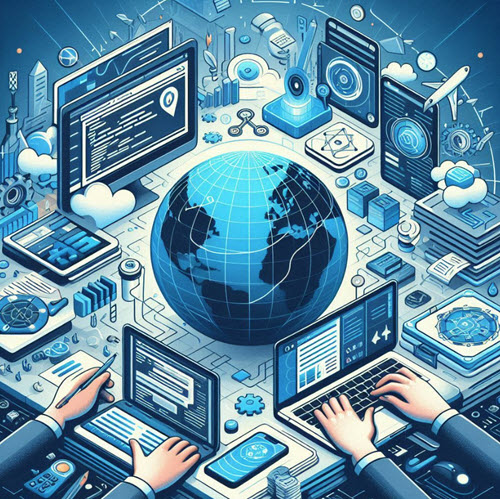
The Future of Web Development: Emerging Trends and Technologies Every Developer Should Know
Last updated: August 18, 2024 Read in fullscreen view
- 25 Nov 2025
 How AI Agents Are Redefining Enterprise Automation and Decision-Making 22/36
How AI Agents Are Redefining Enterprise Automation and Decision-Making 22/36 - 05 Oct 2025
 The New Facebook Algorithm: A Paradigm Shift in Content Discovery 19/46
The New Facebook Algorithm: A Paradigm Shift in Content Discovery 19/46 - 01 Jul 2025
 The Hidden Costs of Not Adopting AI Agents: Risk of Falling Behind 17/108
The Hidden Costs of Not Adopting AI Agents: Risk of Falling Behind 17/108 - 07 Nov 2025
 Online vs. Offline Machine Learning Courses in South Africa: Which One Should You Pick? 16/30
Online vs. Offline Machine Learning Courses in South Africa: Which One Should You Pick? 16/30 - 21 Nov 2025
 The Rise of AgentOps: How Enterprises Are Managing and Scaling AI Agents 12/43
The Rise of AgentOps: How Enterprises Are Managing and Scaling AI Agents 12/43 - 03 Nov 2023
 Why Is Billable Viable Product An Alternative To Minimum Viable Product? 12/165
Why Is Billable Viable Product An Alternative To Minimum Viable Product? 12/165 - 06 Nov 2025
 Top 10 AI Development Companies in the USA to Watch in 2026 10/36
Top 10 AI Development Companies in the USA to Watch in 2026 10/36 - 18 Jul 2024
 The 8 Best ways to Innovate your SAAS Business Model in 2024 8/204
The 8 Best ways to Innovate your SAAS Business Model in 2024 8/204 - 30 Jul 2024
 The Future of IT Consulting: Trends and Opportunities 8/131
The Future of IT Consulting: Trends and Opportunities 8/131 - 27 Jul 2024
 Positive Psychology in the Digital Age: Future Directions and Technologies 6/337
Positive Psychology in the Digital Age: Future Directions and Technologies 6/337 - 11 Oct 2022
 Why choose Billable Viable Product (BVP) over Minimum Viable Product (MVP) 5/315
Why choose Billable Viable Product (BVP) over Minimum Viable Product (MVP) 5/315 - 24 Dec 2024
 Artificial Intelligence and Cybersecurity: Building Trust in EFL Tutoring 5/144
Artificial Intelligence and Cybersecurity: Building Trust in EFL Tutoring 5/144 - 09 Oct 2024
 Short-Form Video Advertising: The Secret to Captivating Your Audience 3/107
Short-Form Video Advertising: The Secret to Captivating Your Audience 3/107 - 27 Feb 2025
 How AI Agents are Changing Software Development? 3/170
How AI Agents are Changing Software Development? 3/170 - 09 Jul 2024
 What Is Artificial Intelligence and How Is It Used Today? 3/216
What Is Artificial Intelligence and How Is It Used Today? 3/216 - 21 Dec 2023
 Top 12 Low-Code Platforms To Use in 2024 2/1147
Top 12 Low-Code Platforms To Use in 2024 2/1147 - 31 Dec 2022
 The New Normal for Software Development 2/343
The New Normal for Software Development 2/343 - 17 Mar 2025
 Integrating Salesforce with Yardi: A Guide to Achieving Success in Real Estate Business 2/140
Integrating Salesforce with Yardi: A Guide to Achieving Success in Real Estate Business 2/140 - 21 Apr 2025
 Agent AI in Multimodal Interaction: Transforming Human-Computer Engagement 2/147
Agent AI in Multimodal Interaction: Transforming Human-Computer Engagement 2/147 - 21 Aug 2024
 What is Singularity and Its Impact on Businesses? 2/324
What is Singularity and Its Impact on Businesses? 2/324 - 25 Jan 2025
 The Decline of Traditional SaaS and the Rise of AI-first Applications 2/73
The Decline of Traditional SaaS and the Rise of AI-first Applications 2/73 - 10 Sep 2024
 Leading Remote Teams in Hybrid Work Environments 2/125
Leading Remote Teams in Hybrid Work Environments 2/125 - 04 Oct 2023
 The Future of Work: Harnessing AI Solutions for Business Growth 2/258
The Future of Work: Harnessing AI Solutions for Business Growth 2/258 - 05 Jun 2025
 How AI-Driven Computer Vision Is Changing the Face of Retail Analytics 2/77
How AI-Driven Computer Vision Is Changing the Face of Retail Analytics 2/77 - 17 Oct 2025
 MLOps vs AIOps: What’s the Difference and Why It Matters 2/66
MLOps vs AIOps: What’s the Difference and Why It Matters 2/66 - 28 Nov 2025
 How AI Will Transform Vendor Onboarding and Seller Management in 2026 2/19
How AI Will Transform Vendor Onboarding and Seller Management in 2026 2/19 - 20 Feb 2025
 How Machine Learning is Shaping the Future of Digital Advertising 1/76
How Machine Learning is Shaping the Future of Digital Advertising 1/76 - 29 Oct 2024
 Top AI Tools and Frameworks You’ll Master in an Artificial Intelligence Course 1/328
Top AI Tools and Frameworks You’ll Master in an Artificial Intelligence Course 1/328 - 22 Nov 2024
 The Role of AI in Enhancing Business Efficiency and Decision-Making 1/154
The Role of AI in Enhancing Business Efficiency and Decision-Making 1/154 - 02 Dec 2024
 The Intersection of AI and Business Analytics: Key Concepts to Master in Your Business Analytics Course 1/252
The Intersection of AI and Business Analytics: Key Concepts to Master in Your Business Analytics Course 1/252 - 06 May 2025
 How Machine Learning Is Transforming Data Analytics Workflows 1/148
How Machine Learning Is Transforming Data Analytics Workflows 1/148 - 20 Aug 2025
 What Is Agentic AI? The Next Phase of Artificial Intelligence 1/96
What Is Agentic AI? The Next Phase of Artificial Intelligence 1/96 - 03 Jan 2024
 Why Partnership is important for Growth? 1/145
Why Partnership is important for Growth? 1/145 - 31 Dec 2022
 Future of Software Development Trends and Predictions for 2023 1/120
Future of Software Development Trends and Predictions for 2023 1/120 - 16 Aug 2022
 What is a Headless CMS? 1/225
What is a Headless CMS? 1/225 - 16 Sep 2022
 Examples Of Augmented Intelligence In Today’s Workplaces Shaping the Business as Usual 1/394
Examples Of Augmented Intelligence In Today’s Workplaces Shaping the Business as Usual 1/394 - 05 Aug 2024
 Affordable Tech: How Chatbots Enhance Value in Healthcare Software 1/142
Affordable Tech: How Chatbots Enhance Value in Healthcare Software 1/142 - 10 Sep 2024
 AI in Email Marketing: Personalization and Automation /154
AI in Email Marketing: Personalization and Automation /154 - 18 Jan 2024
 Self-healing code is the future of software development /200
Self-healing code is the future of software development /200 - 19 Dec 2023
 How AI is Transforming Software Development? /275
How AI is Transforming Software Development? /275 - 15 Apr 2024
 Weights & Biases: The AI Developer Platform /170
Weights & Biases: The AI Developer Platform /170 - 31 Dec 2023
 Software Development Outsourcing Trends to Watch Out for in 2024 /160
Software Development Outsourcing Trends to Watch Out for in 2024 /160 - 27 Aug 2025
 How AI Consulting Is Driving Smarter Diagnostics and Hospital Operations /66
How AI Consulting Is Driving Smarter Diagnostics and Hospital Operations /66 - 15 Aug 2025
 Quantum Technology: Global Challenges and Opportunities for Innovators /56
Quantum Technology: Global Challenges and Opportunities for Innovators /56 - 29 Aug 2025
 How AI Is Transforming Modern Management Science /33
How AI Is Transforming Modern Management Science /33 - 22 Sep 2025
 Why AI Is Critical for Accelerating Drug Discovery in Pharma /53
Why AI Is Critical for Accelerating Drug Discovery in Pharma /53 - 25 Sep 2024
 Enhancing Decision-Making Skills with an MBA: Data-Driven Approaches for Business Growth /177
Enhancing Decision-Making Skills with an MBA: Data-Driven Approaches for Business Growth /177 - 24 Oct 2025
 AI Agents in SaaS Platforms: Automating User Support and Onboarding /51
AI Agents in SaaS Platforms: Automating User Support and Onboarding /51 - 23 Jun 2025
 AI Avatars in the Metaverse: How Digital Beings Are Redefining Identity and Social Interaction /85
AI Avatars in the Metaverse: How Digital Beings Are Redefining Identity and Social Interaction /85 - 10 Nov 2025
 Multi-Modal AI Agents: Merging Voice, Text, and Vision for Better CX /33
Multi-Modal AI Agents: Merging Voice, Text, and Vision for Better CX /33
This blog post explores the evolution of web development from static HTML pages to dynamic, interactive, and responsive websites. It highlights emerging technologies like Progressive Web Apps (PWAs) and Artificial Intelligence (AI) and their impact on the future of the web, urging developers to stay relevant and deliver exceptional user experiences.
Progressive Web Apps (PWAs) and Their Growing Popularity
Progressive Web Apps (PWAs) are a hybrid of traditional web pages and mobile apps, offering a seamless user experience with faster loading times, offline capabilities, and device installation. They are increasingly popular among businesses for their cost-effectiveness and convenience. PWAs provide lower development costs, faster time to market, and a unified codebase across all devices. Developers can build PWAs by familiarizing themselves with service workers and Web App Manifests.
Artificial Intelligence (AI) and Machine Learning (ML) Integration
AI and ML are revolutionizing web development by enhancing user experience. AI analyzes user data for tailored content, while ML predicts user behavior. Tools like TensorFlow.js and Google's AI Platform enable AI/ML integration. Leading companies like Amazon and Netflix use AI/ML for product recommendations and chatbots for customer support.
The Rise of Low-Code/No-Code Platforms
Low-code/no-code platforms simplify web development by allowing users to build websites and applications with minimal coding knowledge. They use visual interfaces and pre-built components, reducing the need for specialized skills. While they offer speed and ease, they have limitations in customization and scalability. Traditional web developers should adapt by learning to use these platforms and honing custom coding skills for advanced projects.
WebAssembly and Its Impact on Web Performance
WebAssembly (Wasm) is a binary instruction format that enables code written in multiple languages to run on the web at near-native speed, significantly impacting web performance. It's useful for high-performance applications like video editing, games, and scientific simulations, and allows developers to use languages other than JavaScript. Developers can learn and implement WebAssembly through official documentation, tools, and online courses.
JAMstack Architecture
Enhanced Web Security Measures
The Role of APIs in Modern Web Development
Sustainability in Web Development
Continue reading at dev.to










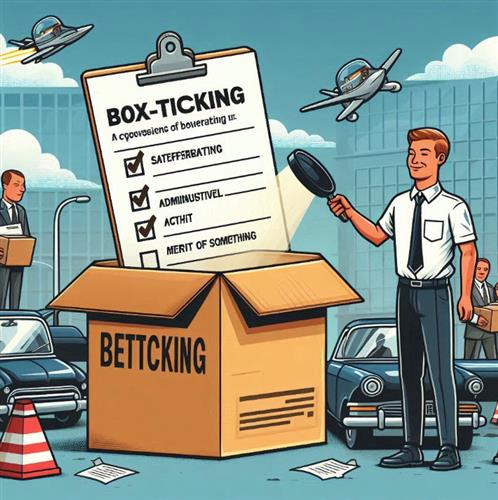
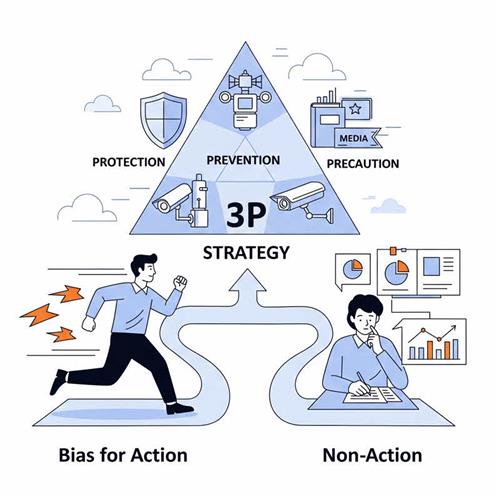



04102024050214_thumb.jpg)
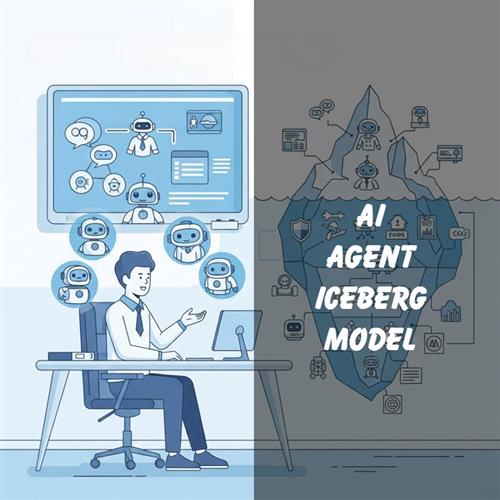


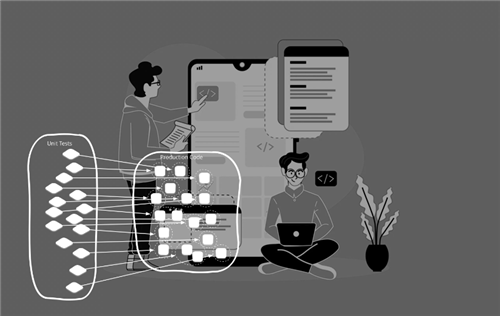


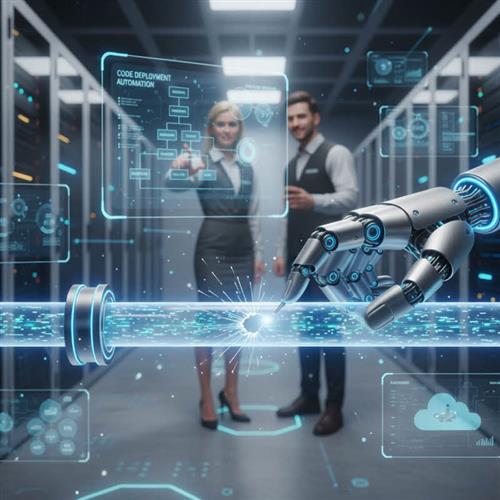
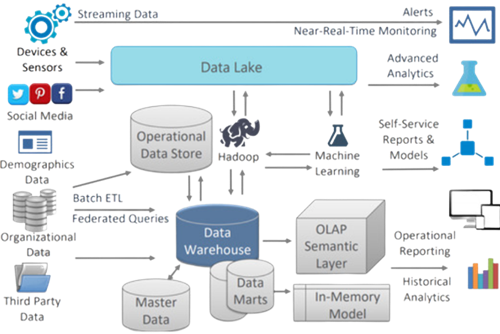










 Link copied!
Link copied!
 Recently Updated News
Recently Updated News